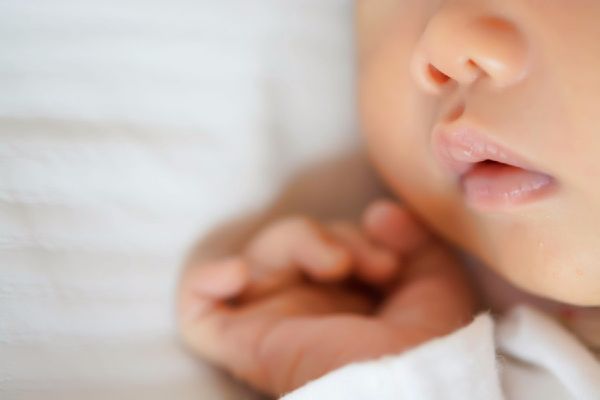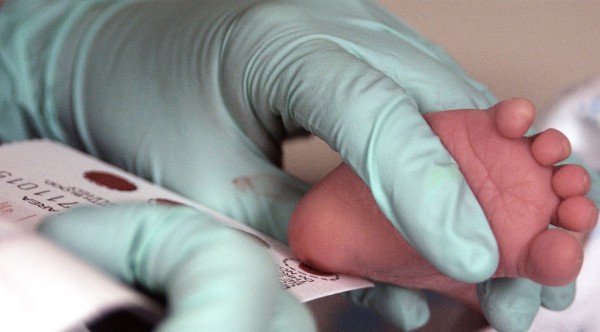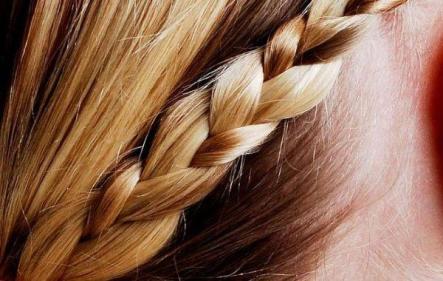Researchers in the United States have come up with a blood test that could potentially determine the risk of cot death in newborns.
After decades of research, the underlying cause of cot death had remained uncertain - until this week’s discovery.
The research shows that babies who die of Sudden Infant Death Syndrome (SIDS) usually have high levels of serotonin – a neurotransmitter that controls happiness in the brain. The chemical is also responsible for breathing, sleeping and heart rate.
Principal pathology associate at Boston Children's Hospital and Harvard University, Dr Robin Haynes, explained the discovery on the National Academy of Sciences website.
"These findings suggest the potential of a high serum serotonin level as a forensic bio-marker at autopsy to differentiate SIDS deaths with serotonergic defects from other causes of sudden death and, importantly, as evidence of a peripheral abnormality in SIDS," he wrote.
On the National Institutes of Heath's website, Dr Rosemary Higgins, of the NICHD Pregnancy and Perinatology Branch, added that “the finding raises the possibility that a test could be developed to distinguish SIDS cases from other causes of sleep-related, unexpected infant death.”
The researchers did, however, caution that the study still needs more research.
According to the Centre for Disease Control and Prevention, SIDS is one of the leading causes of death among babies between one month to one year old. However, SIDS is not common, and there has been a considerable decline in cot deaths in the last 20 years.
The CDCP also added that causes of SIDS may include:
- Suffocation by soft bedding - for example, when a pillow or waterbed covers an infant’s nose and mouth.
- Overlay - when another person rolls on top of, or against the infant while sleeping.
- Wedging or entrapment - when an infant is wedged between two objects such as a mattress and wall, bed frame, or furniture.
- Strangulation - for example, when an infant’s head and neck become caught between crib railings.
- Bed-sharing could also raise problems.
The NICHD's Safe to Sleep campaign provides information on how parents can reduce the risk of SIDS and other sleep-related infant deaths.
You can find our safe sleeping tips for babies here.






